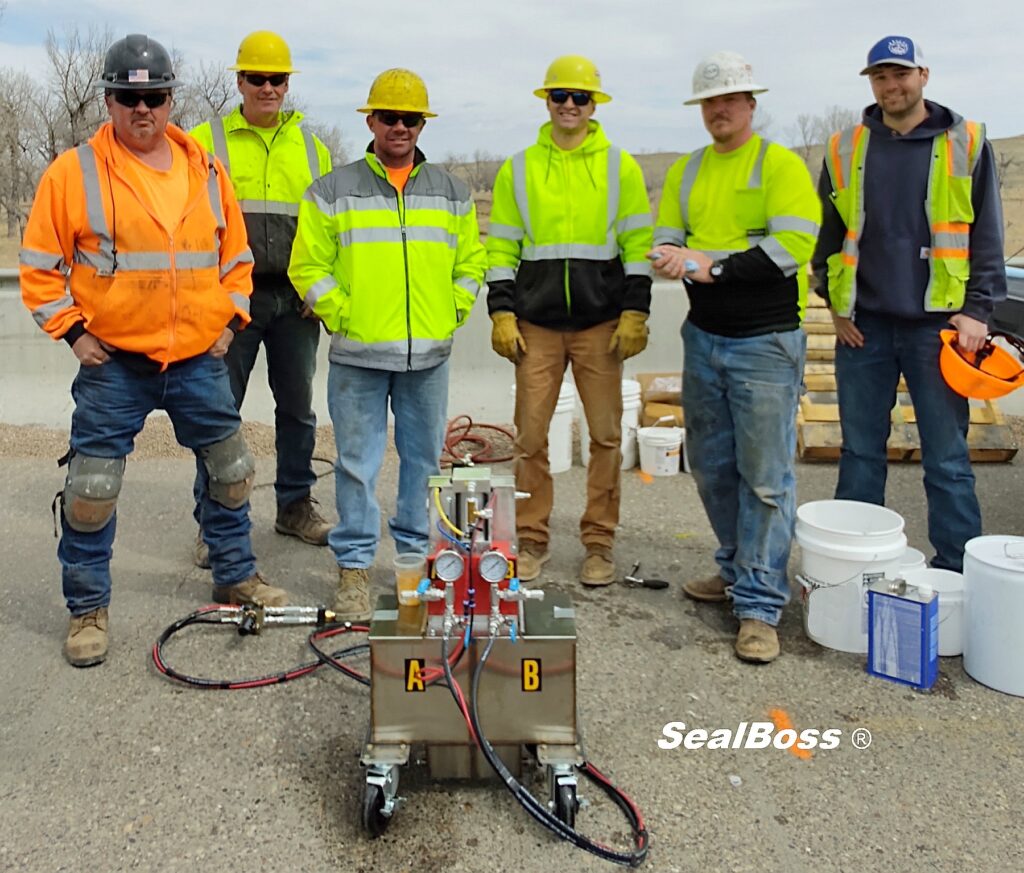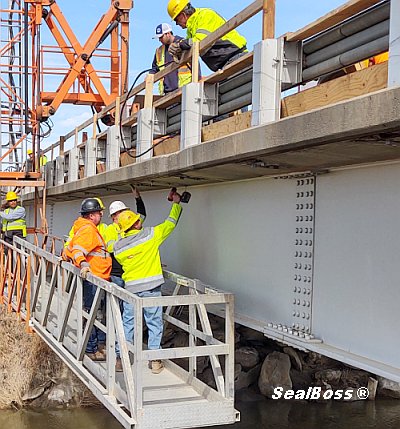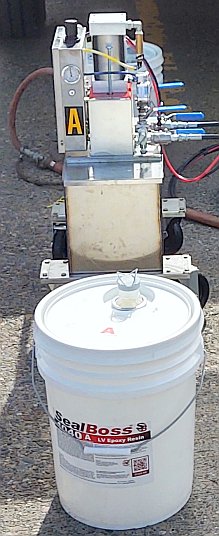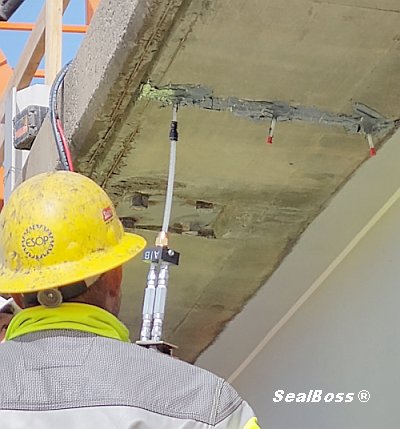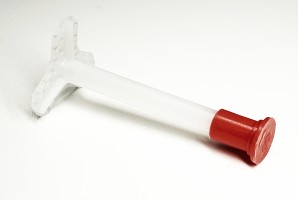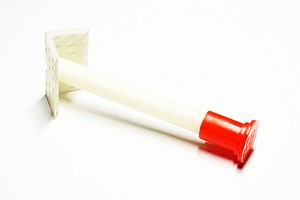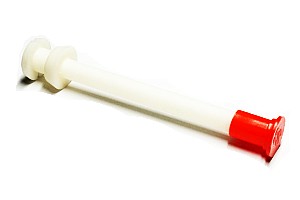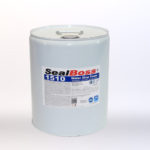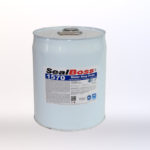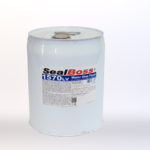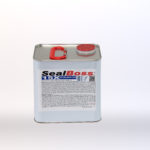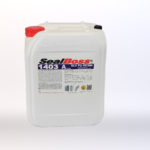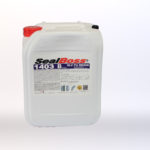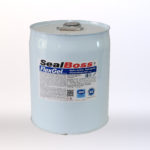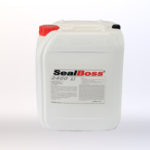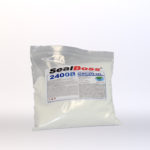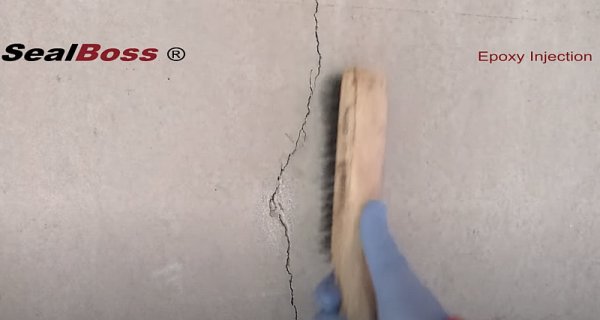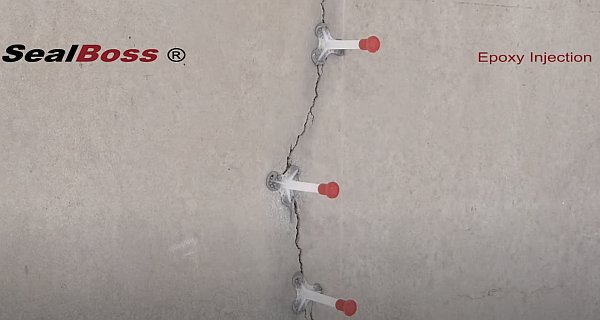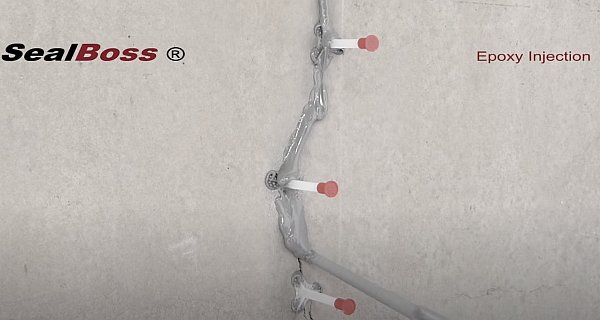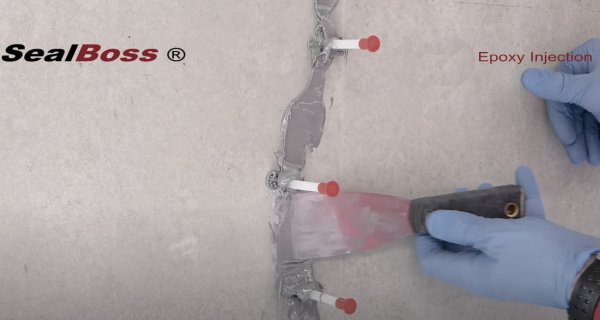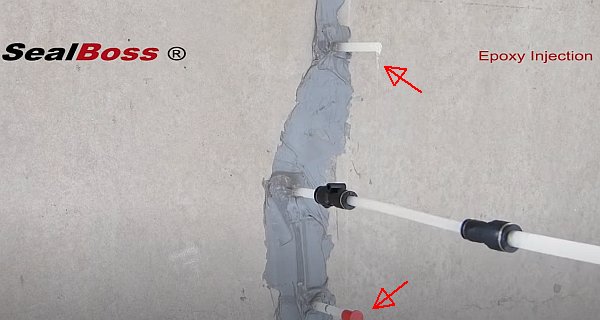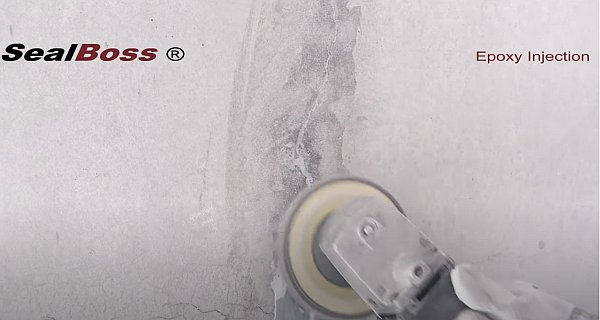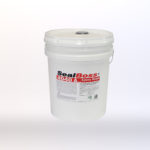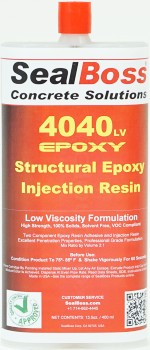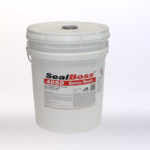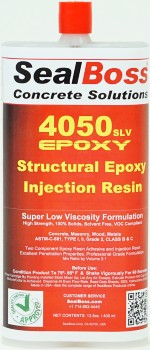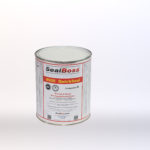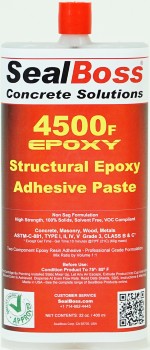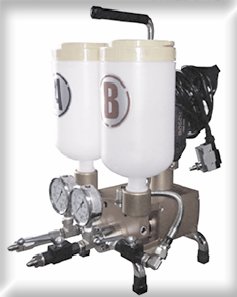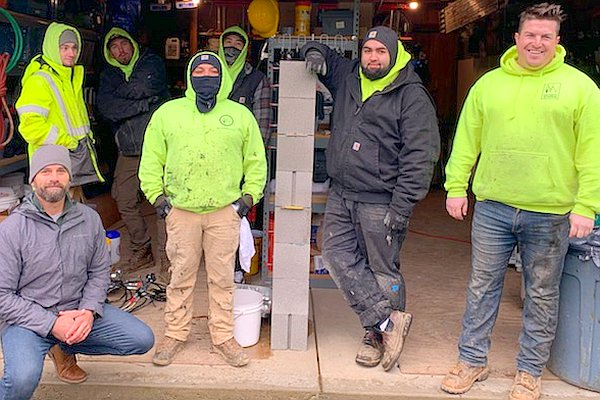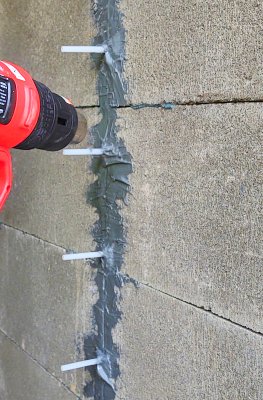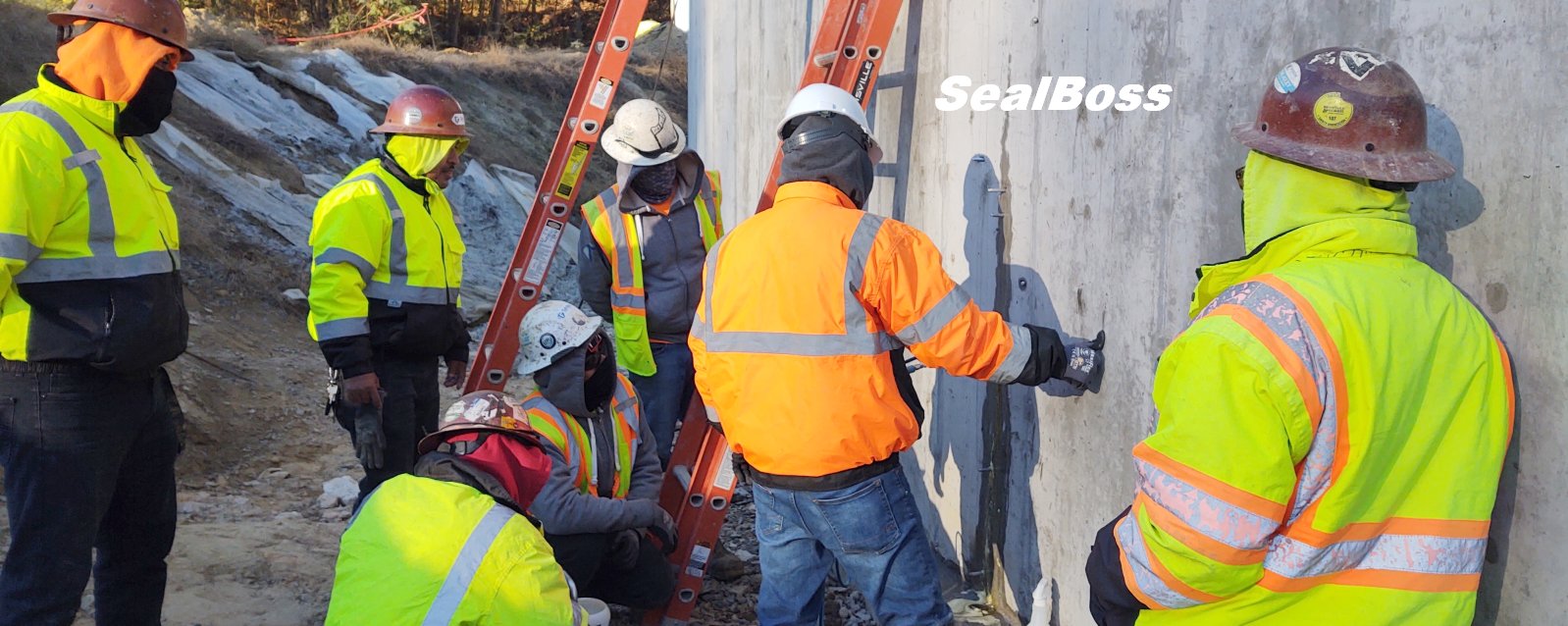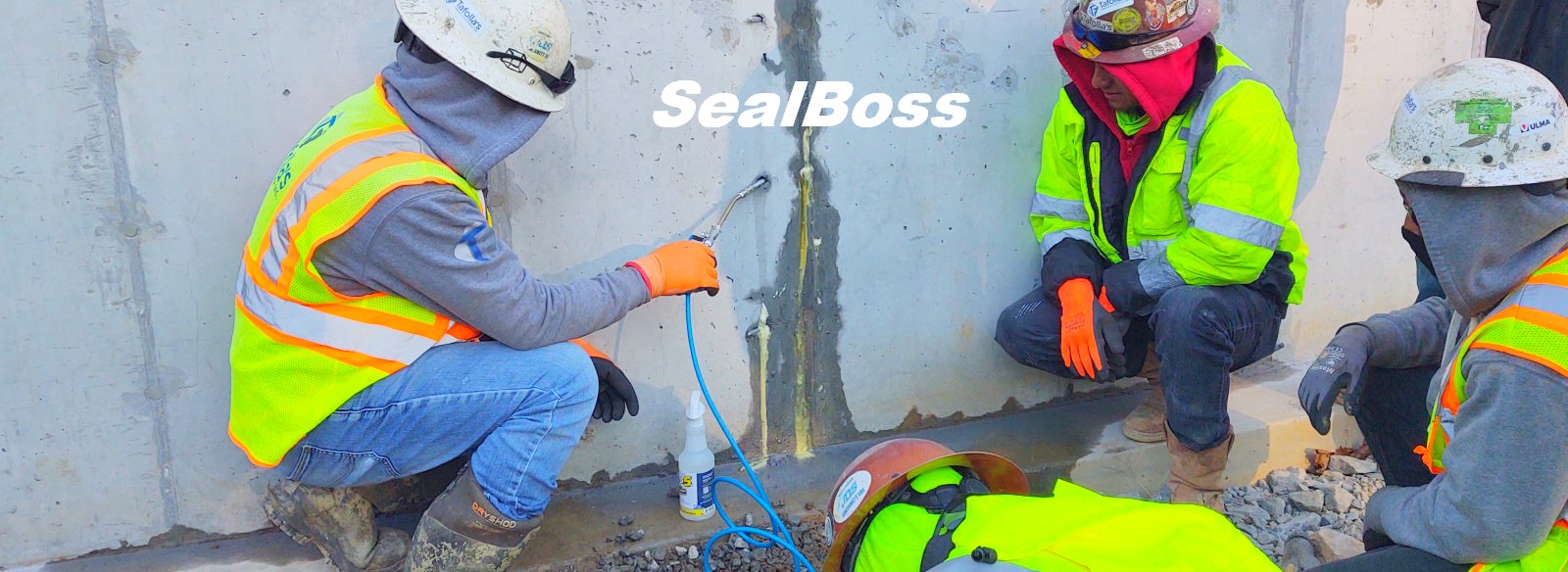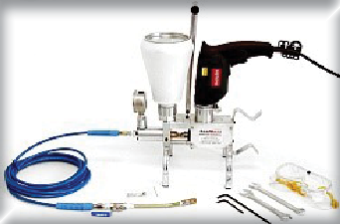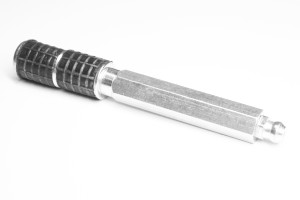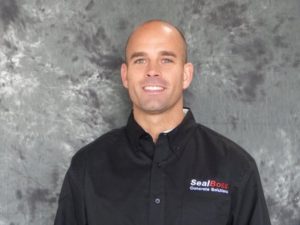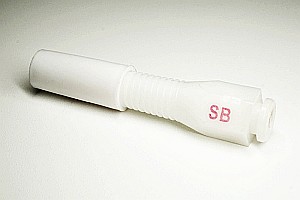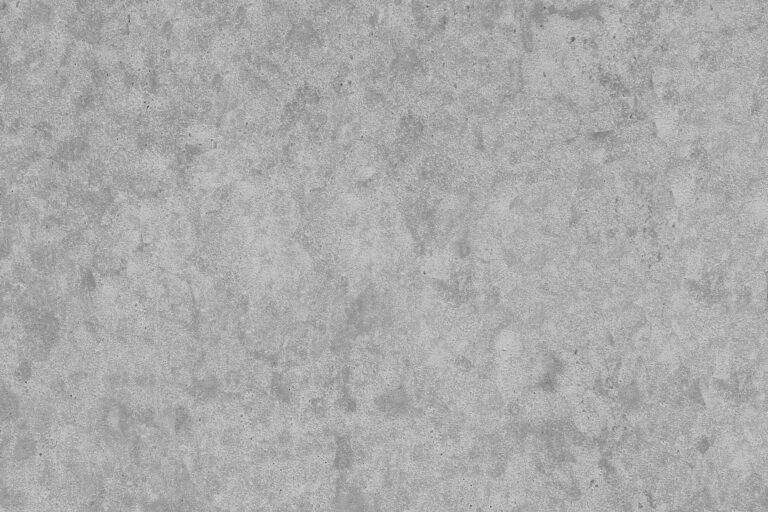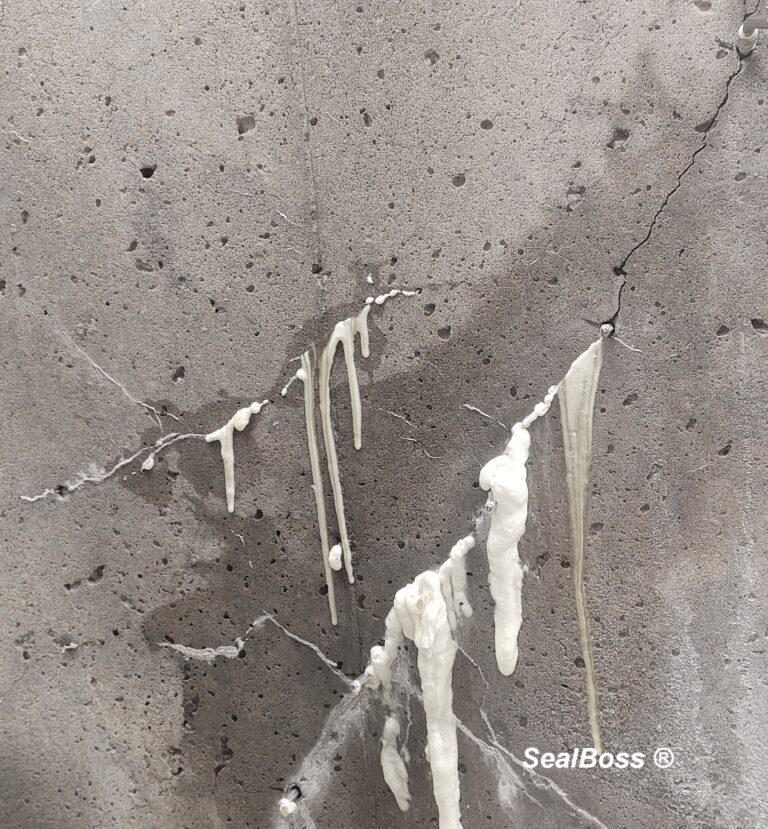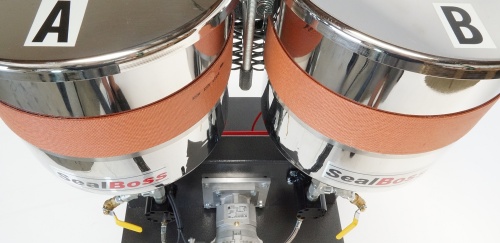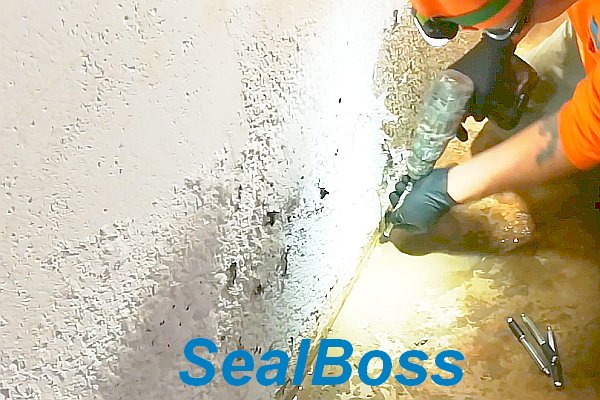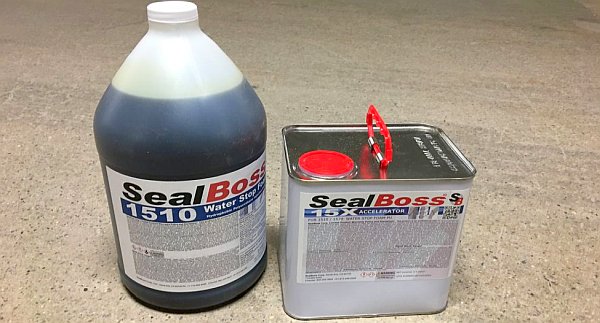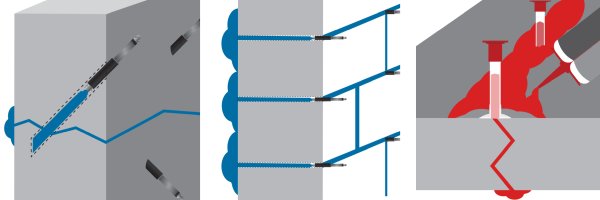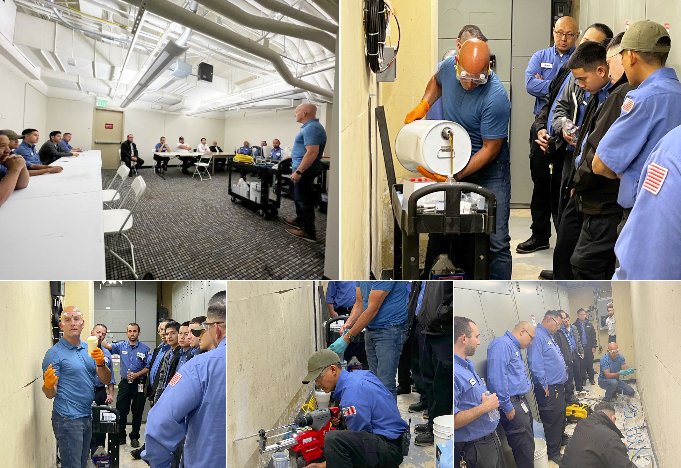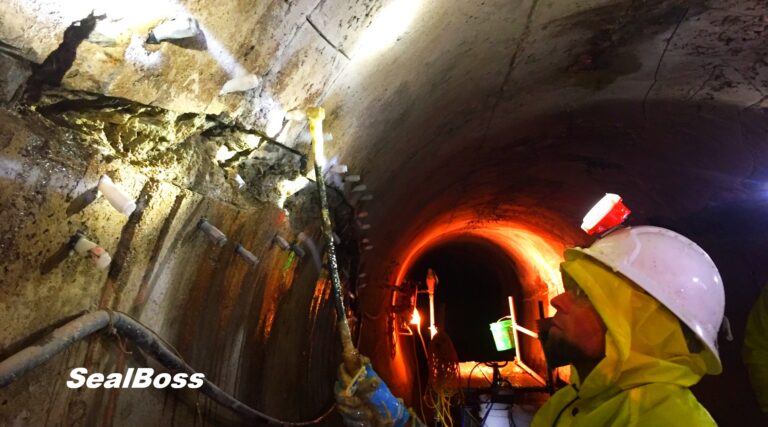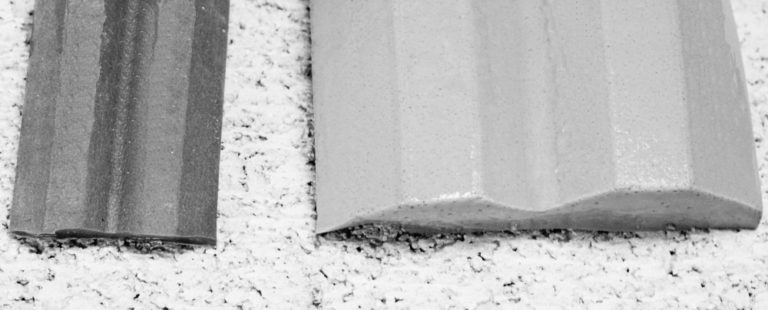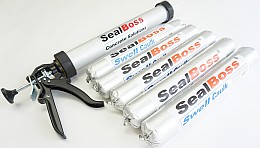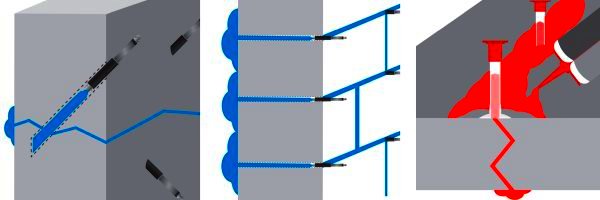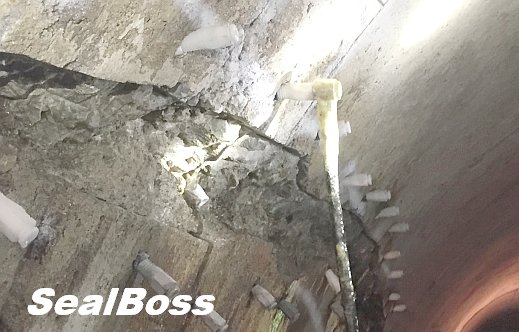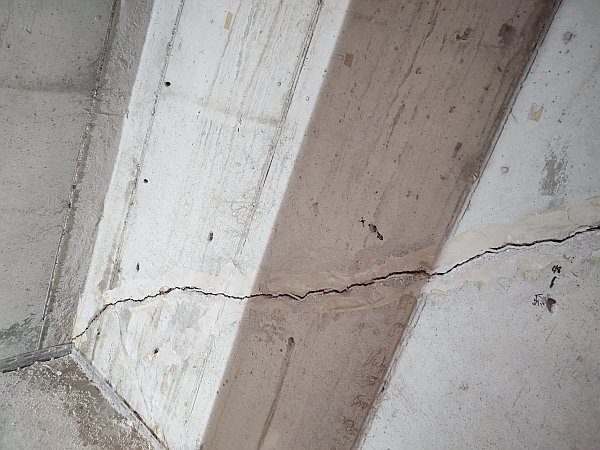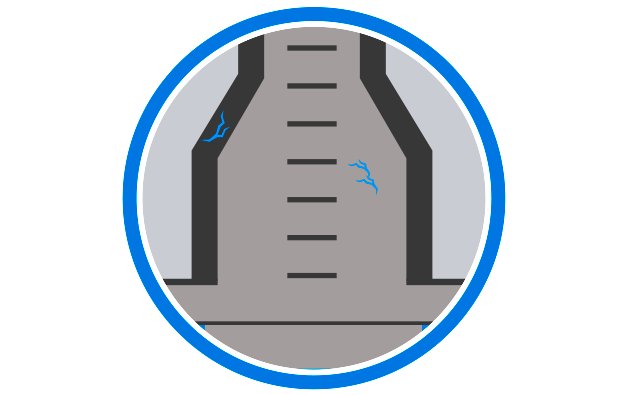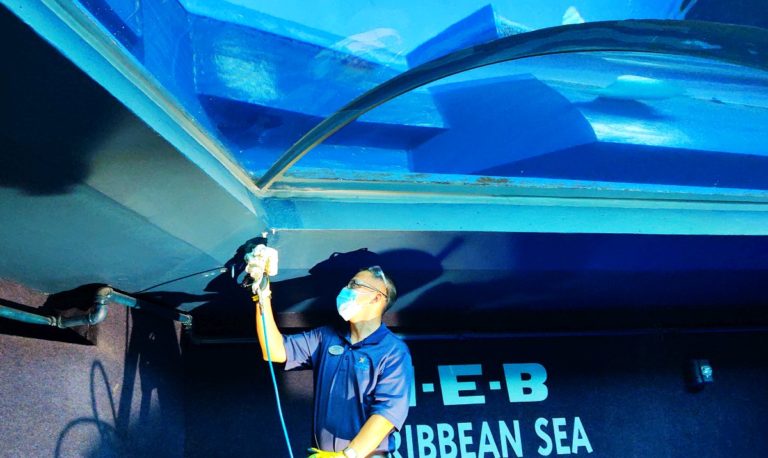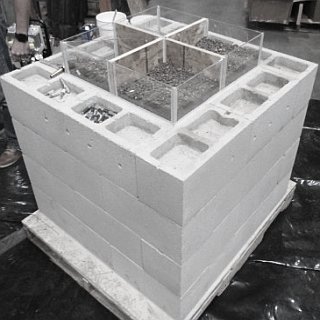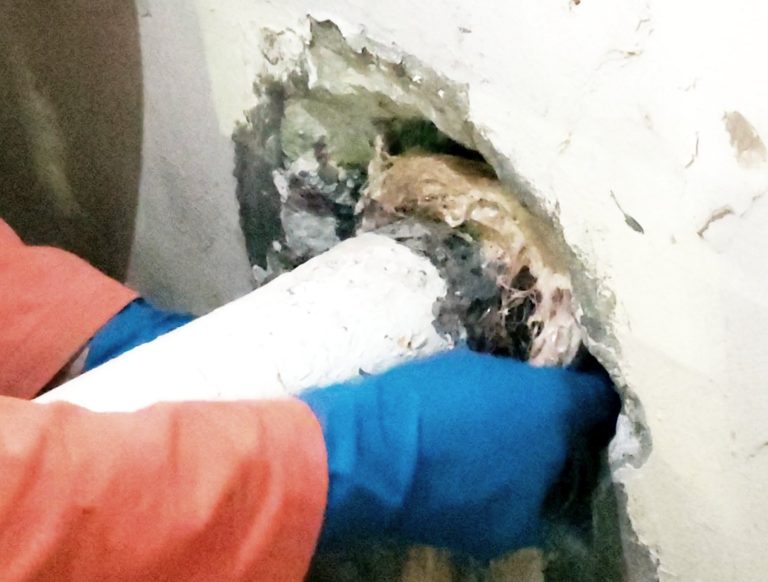Dam Spillway Leak Sealed
Dam Spillway Leak Sealed
SealBoss 1510 Polyurethane Foam
SealBoss 1510 Leak Sealing Application
What is the Purpose of a Spillway in Dams?
A spillway serves a critical function in dam systems. Either incorporated into the dam’s structure or built adjacent to it, a spillway facilitates the controlled and secure discharge of surplus water downstream.
SB 1510 Polyurethane Foam in Dam and Spillway Leak Sealing: An Overview
Polyurethane foam, known for its superior adhesive properties and low viscosity, plays a pivotal role in sealing leaks in dams and spillways.
Its unique characteristics, superior adhesive properties and low viscosity, make polyurethane foam an optimal choice for addressing expansive cracks, joints, and gaps in concrete structures. Hydro-active foam penetrates deeply into these openings and crevices, efficiently arresting active and high-velocity water flow, while also filling the cavities to form a waterproof seal that impedes future water seepage.
The remediation process initiates by drilling holes around the leak-prone area within the concrete perimeter. Following this, specialized injection equipment introduces polyurethane foam through the installed injection packers in the drilled holes. Upon injection, the foam expands and fills the concrete voids, establishing a sturdy bond with the surrounding substrate. After curing, the foam evolves into a solid and durable repair, effectively sealing the water leak in the spillway. Polyurethane water stop foam injection offers an effective and economical solution for many dam spillway leak repairs.
Sealing Dam Spillway Leaks with 1510 Water Stop Foam: A Case Study
How to Seal a Dam Spillway Leaks with Hydro-Active Polymer Injection
SealBoss was enlisted to tackle the problem of leaking Cold Joints, a situation that had resisted repair through four prior methods. The caulking previously deployed to seal the joint had been compromised, leading to water erosion and diminished adhesion between the caulking and the concrete. As a result, water was infiltrating through the “V” notched joint at an increasingly concerning rate.
Preparation and Injection Procedure
The repair endeavors focused on sections with active water leaks – characterized by high velocity and volume – visible efflorescence, and loose caulking. Caulking removal was required to expose the cold joint.
In preparation for placing the mechanical packers, the contractor drilled holes. When water began flowing from these holes, it was clear the drill bit had successfully intercepted the joint.
At times, it may be beneficial to keep a drill hole unsealed initially, delaying the installation of the injection packer. This approach can serve as a pressure relief point, helping to alleviate hydrostatic pressure and regulate water flow.
In preparation for the injection procedure and to curb water flow, the Oakum Soakum Technique was employed to address the gushing leaks first. SealBoss 1500 Seal Oakum, soaked in SealBoss 1510 Water Stop Foam catalyzed with a significant amount of SealBoss 15x Accelerator for quick setting and curing, was inserted into the actively leaking crevices and held in place until cured.
After completing the oakum patching process, the next phase involved installing the injection packers. The 13-100 AL packers were set in place following the 1, 2, 3, 45 Degree Injection Guidelines, with a 14″ staggered vertical spacing and about 7″ on either side of the joint to avoid interfering with the rebar.
The injection procedure commenced from the lowest packer, using SealBoss P2002 pumping equipment to inject the catalyzed SealBoss 1510 Water Stop Foam. We suggest occasional injection pauses to let the resin expand and to reduce product wastage.
Success – Dam Spillway Leak Sealed
Through these measures, all the joints were successfully sealed, and active leaks were effectively addressed.
Conclusion
In summary, the usage of polyurethane foam, particularly SealBoss 1510 Water Stop Foam, has proven to be an effective and economical solution for dam and spillway leak sealing.
The method’s success lies in the foam’s ability to penetrate deep into the crevices and gaps, providing a robust, waterproof seal.
The above case study underscores how a strategic, methodical approach can result in successful sealing of active leaks, reaffirming the significance of this solution in the field of dam and spillway maintenance and repair. As we look forward, we can anticipate that such techniques will continue to evolve, further enhancing the efficiency and effectiveness of leak repair in dam spillways.





























